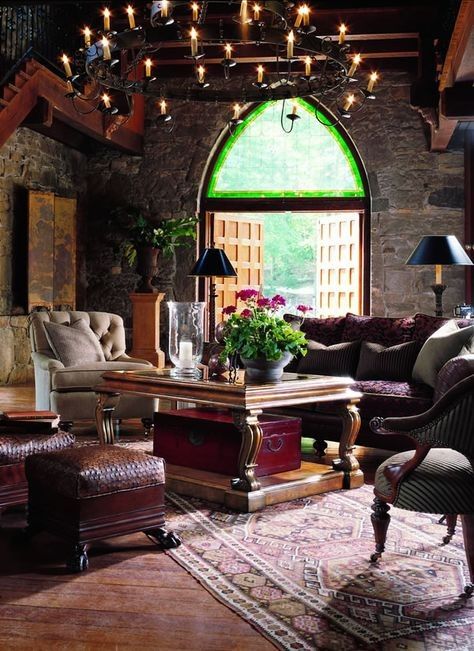Andraursuta.com – In the mid-century modern living room, simple yet tasteful furnishings blend with a neutral color palette to produce a classic style that is very attractive. Neutral is the key! The sofa bed and chairs of the mid-century modern living room can appear as solid dark browns or chocolate browns with touches of orange, yellow, red or green. Neutral tones add personality while creating a homey atmosphere that invites visitors and friends for a comfortable evening with good conversation. Mid-century living room decorating ideas are mostly about creating an environment that looks inviting.
Choosing Modern Living Room Items
When selecting items for your mid-century modern living room, keep in mind that bold floor lamps, oversized paintings and ceramic tiles are used more for their visual impact than for their utility. Wall art pieces should be selected to complement the walls and furniture and, where appropriate, complement color palettes. By playing with the colors and textures of furnishings, you can create the look you want without going overboard.

Mid Century Modern Living Room Color Palette Mid-century designers were more concerned with creating a unique look than they were to provide a color palette that was functional. The neutral gray-and-black color palette gave a feeling of space to the large open spaces of the home, but dark colors also added depth to the rooms, bringing in a sense of mystery. Tiled floors also helped create a modern look that was more utilitarian than ornate. By choosing colors that were close to the color wheel, the mid-century modern living room gave off the appearance of solid surfaces instead of a bunch of shiny decorations on the walls.
Medieval Interior Design
Wall Art Mid-Century interior design projects tended toward wall art and sculpture as the focal point of a room. Though wood and metal were both considered useful materials for wall art, metal became the more popular choice due to the cheaper cost and easier availability. Metal art could be found in a variety of colors and could be hammered, bent, or twisted to create intricate patterns and designs. Wood, on the other hand, could be painted or stained, but it took much more time and effort to create beautiful masterpieces from this durable material. Wall art, if it was done correctly, conveyed the idea of the mid-century modern living room being an open space, allowing light to filter through the room.

Furniture Mid-Century designers were masters at creating elegant but cheap furniture that was functional. They combined rich woods with modern elements like aluminum and felt, using these materials to create comfortable, inviting pieces that could be moved around easily. A mid-century modern living room featured a beautiful coffee table, a teak dresser, a wall-mounted fish tank, and a beautiful leather sofa, all of which were comfortable and inexpensive to purchase.
Using Neutral Colors in the Living Room
Colors Mid-Cenes were also masters of color when it came to furniture, decorating and textiles. The stark, neutral colors of earth tones were still considered trendy and stylish in the mid-century modern living room, with vibrant reds, blues, greens and other strong colors being popular accents. Decorating elements like patterned rugs and geometric patterns were used liberally to create a vibrant and exciting palette of colors. Strong colors paired with simple geometric patterns created a unique look that was instantly recognizable.
Interior Design Although the mid-century modern style had many distinct characteristics, it was really a bold statement piece in a world where modern styling tended to stay the same. This bold look was actually a reaction against the conservative approach of the 1950’s, when more decorating styles tried to make the home a “fun” place to live. A fun style for the home was one that was different, bold and fun, and this was one of the driving forces behind the idea of an eclectic design in the living room. Mid-Cenes were also the first design style to incorporate the concept of recycling materials, as many pieces were made from salvaged materials from the end of the Second World War.

Furniture Mid-Cenes designers had an affinity for materials like plywood, metal, glass and fabric. Solid colors were favored, with geometric shapes and bold patterns popping up in the furniture and textiles. Solid color backsplash effects were common, and you could even get chairs with tapered legs, to give an illusion of wide spaces. Mid-Cenes pieces were typically monochromatic, but there were some lovely hand-painted or stenciled cork boards and attractive glass planters that were part of the mid-century modern collection. These would often be displayed on large, solid wood shelves that were usually straight lined.
